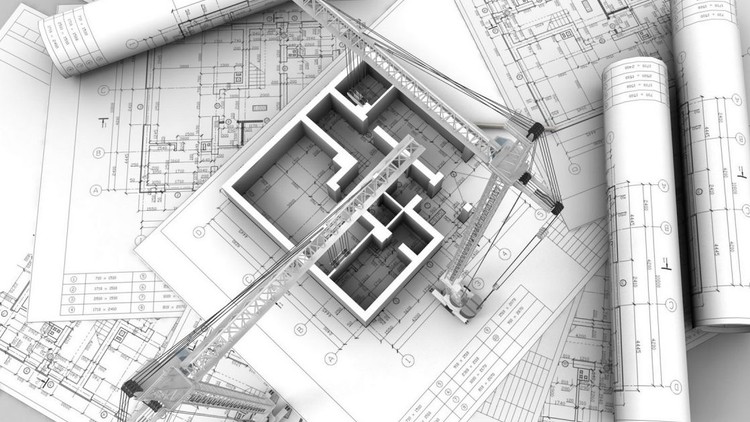
Learn to use AutoCAD quickly & professionally by creating real world floor plans and projects.
What you will learn
☑ You will be able to add AutoCAD to your CV
☑ You will be able to start earning money from your AutoCAD Skills.
☑ Communicate your own Building designs & Alterations for business or leisure.
☑ Master advanced AutoCAD tools and techniques
Description
Did you know that AutoCAD is the most widely used computer-aided design (CAD) software for producing architectural, engineering, and construction drawings? How can it benefit you? Here are some reasons to consider learning the computer-aided drafting software program used for creating blueprints for buildings, bridges, and computer chips.
1 – Acquire a Craft
The opportunity to use a CAD application is a craft that can serve you well in the future. In fact, you may have some hobbies that AutoCAD will correspond with. These hobbies may include 3D printing, furniture design, and building miniature architectural pieces.
2 – Understand the Interface of Design Tools
Possessing technical know-how of a CAD software application instills you with knowledge for life. AutoCAD has become the premier software used in 2D drawing/3D modeling and all other CAD software applications are modeled after its interface. As a result, knowing AutoCAD’s interface will give you some insight into using any other CAD applications.
3 – Boost Your Portfolio
In today’s highly competitive job market, you will need to distinguish yourself to get ahead of the competition. In the field of architecture, engineering, construction, and project management, an understanding of computer aided design will definitely give you an edge.
4 – Secure Freelance Work
There will be multiple ways to earn money with the knowledge of computer aided design. With this knowledge, you can write 2D drawings and 3D modeling to carry out simple designs when the need arises.
English
Language
Content
Introduction To Auto Cad Project Planning
Principles of Planning (part 1)
Udemy Course Feedback
Principles of Planning (part 2)
Principles of Planning (part 3)
Building Rules and Bye-Laws
Calculation of Plinth, Floor and Carpet Area
Floor Area Ratio or Floor Space Index
Setback Distance and Height of Building
Design Of G+1 Residential Building Project
Requirements of Part of Building
Planning of a Residential Building
Circulation in a Building
Creating Floor plans (part 1)
Creating Floor plans (part 2)
Creating Front Elevation of G+1 Residential Building
Creating Sectional Elevation (part 1)
Creating Sectional Elevation (part 2)
Hatching Sectional Elevation (part 3)
Download The Project Files